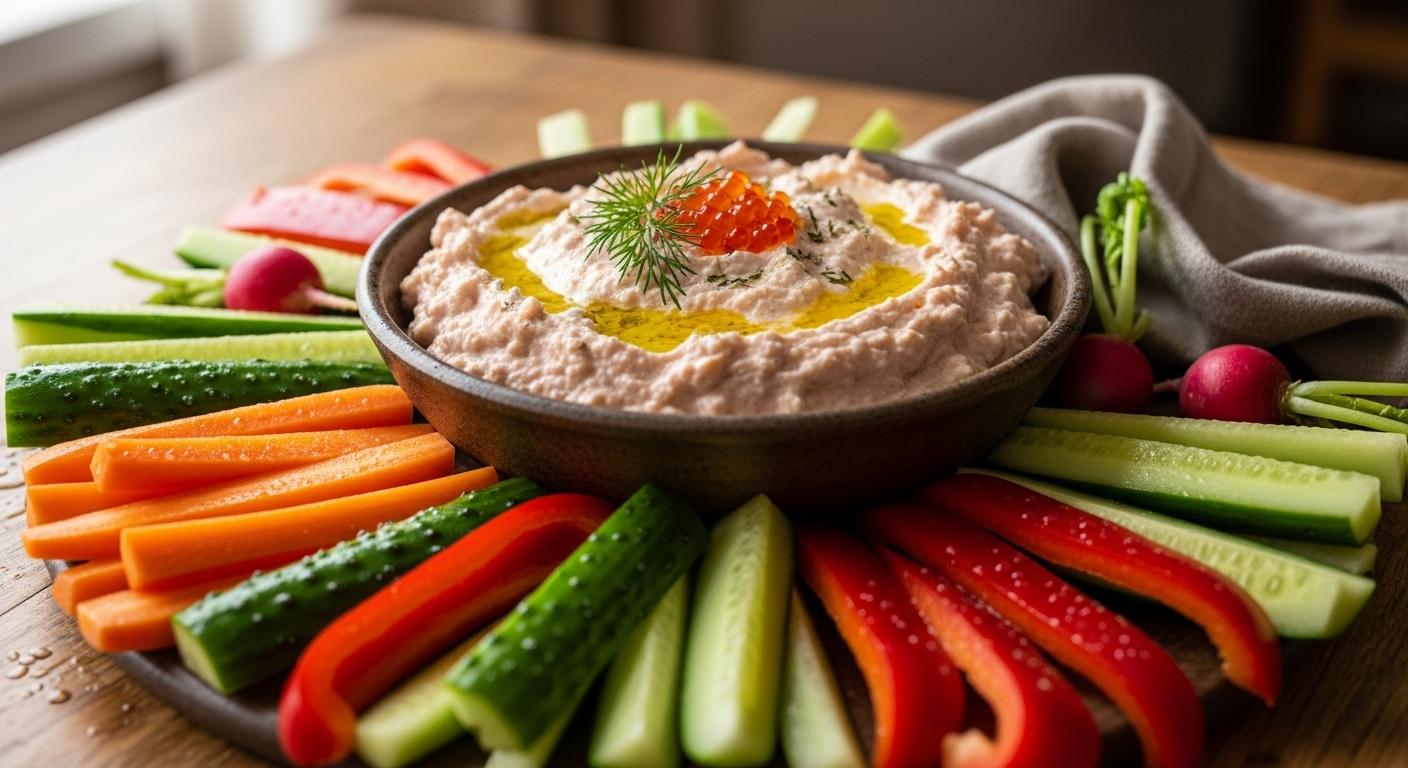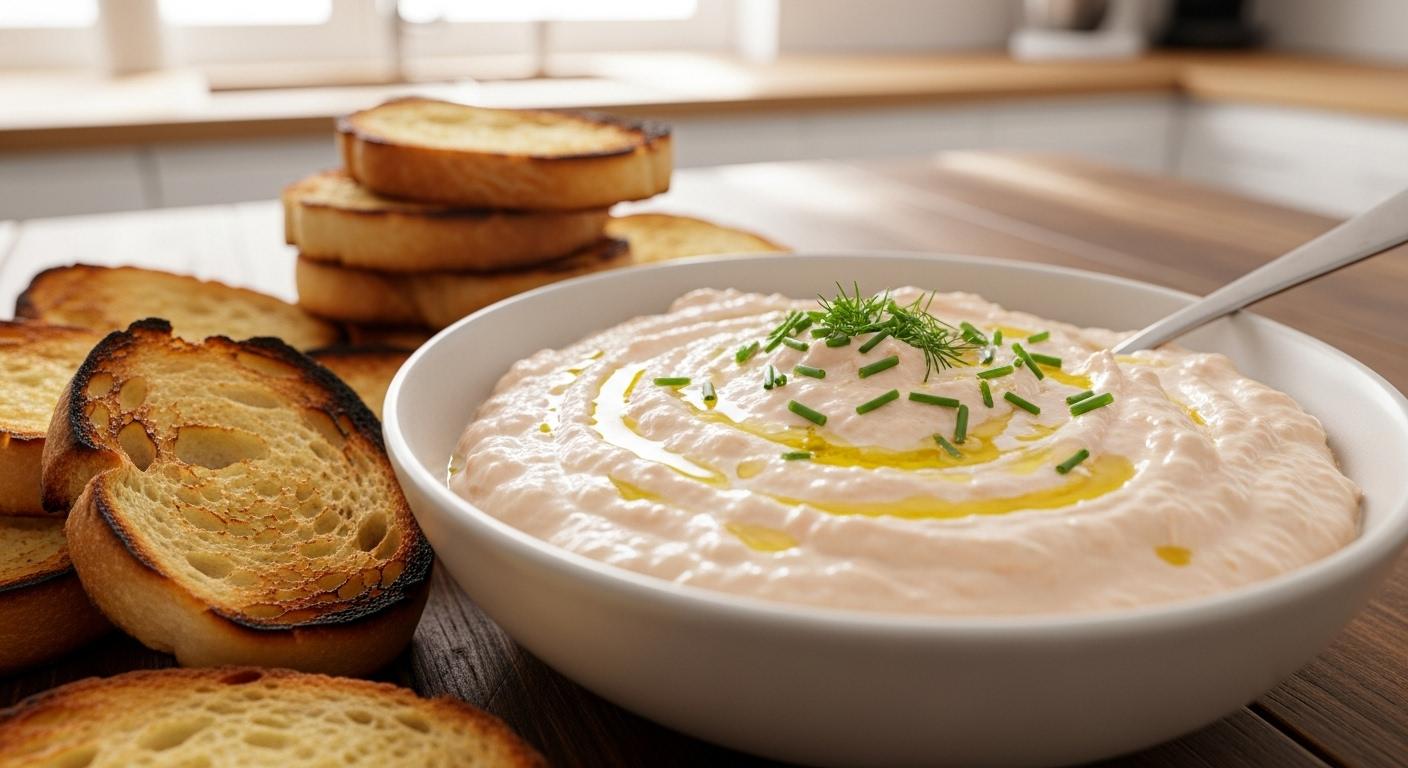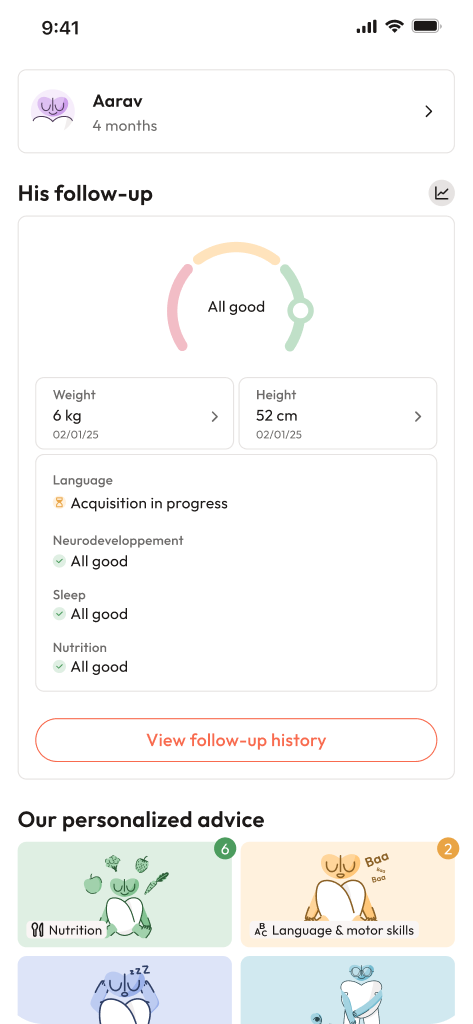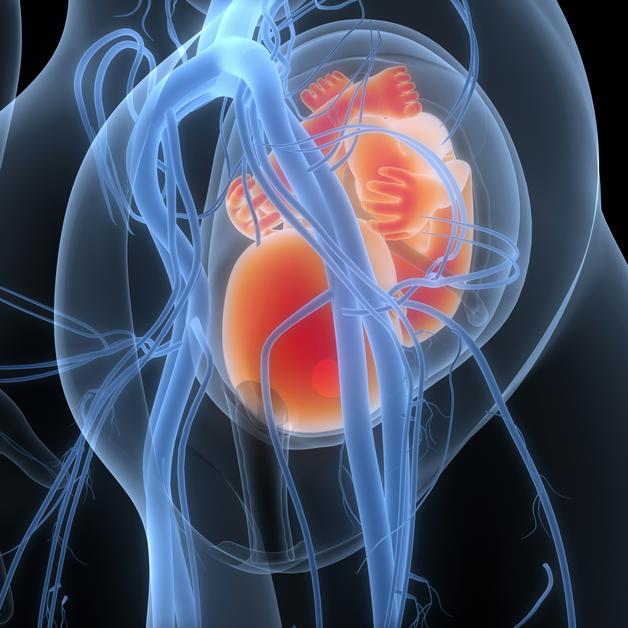The question looms large for so many expectant parents, sometimes louder than cravings themselves: “Is taramasalata pregnancy-safe or is it a culinary trap best bypassed?” Someone might glance at a vibrant pot of this creamy pink spread, heart wavering between tradition and caution. Yes, the journey of parenthood is already suffused with queries—what to avoid, what to embrace. But here, the riddle of taramasalata pregnancy need not linger. Between concerns about Listeria (ever heard of a bacterium multiplying even in chilled dips?), the nutritional wonders of fish roe, and the specifics on safe preparation, every bit of guidance can make a genuine difference. Let’s clear the fog. Expect clarity on which taramasalata pregnancy strategies keep joy on the plate and risk at bay, with medical precision, practical wisdom, and a gentle nudge toward confidence.
Taramasalata pregnancy: weighing safety, risk and satisfaction
When taramasalata beckons, the temptation can be significant—often an echo from childhood celebrations or bright, spicy festivals. Yet, the core question remains unmoved: is this spread safe for pregnancy? The short answer, as echoed by the vast field of maternal guidelines and expert review, is nuanced. If the roe and eggs (if any) are pasteurized, the tub is factory-sealed, refrigeration at 0–4°C has been unfailingly respected, and the product is within its use-by date, the risk remains low. However, stray from these requirements—homemade variants, long-forgotten buffet tubs, deli scoops—and suddenly, the Listeria threat emerges, quiet but persistent. No one wants to court such hazards, especially when the immune system is altered in pregnancy.
When to welcome taramasalata pregnancy on your plate
- The packaging reads “pasteurized” or “heat-treated” for roe and eggs.
- A reputable brand. Factory-sealed. Cold chain maintained. Expiry date valid.
- Served directly from the fridge, ideally in a single-serve.
When to abstain (or swap for another dip)
- Roe or eggs unpasteurized, or source unclear.
- Homemade or deli portions left at room temperature.
- Additional medical risk factors (history of listeriosis, immunosuppression, preeclampsia).
And if a hint of uncertainty lingers, a swift pivot toward safe alternatives—think hummus, white bean dips or pasteurized, vegetable-forward spreads—keeps both palate and peace of mind intact. Medical advice from a trusted clinician remains gold standard for any unique pregnancy scenario.
Listeria, Salmonella and the omega-3 equation: the science of taramasalata pregnancy
Taramasalata pregnancy choices revolve around foodborne risks and potential benefits tangled in a single spoonful. Why the cautious tone? Chilled, ready-to-eat products, even when delicious, can host Listeria monocytogenes—a bacterium with an unnerving ability to hibernate and slowly grow at refrigerator temperatures. The reason for such vigilance is biological: pregnancy subtly tweaks immune defense, favouring the fetus yet leaving mother and baby more receptive to uncommon infections.
Salmonella risk warrants a mention, especially if recipes involve raw eggs or unpasteurized mayonnaise. Some commercial recipes even combine the two, doubling the bacterial threat if proper treatment is ignored. And then, the question of environmental contamination. Fish roe, particularly from carnivorous species, may absorb more persistent pollutants, though in pregnancy, the dominant medical focus remains infection prevention rather than contaminant overload.
Nutrition—balancing the scales: benefits, drawbacks and parenting realities
A swirl of taramasalata holds more than history; nutritionally, it brings protein, unsaturated fats, iodine (so vital for fetal thyroid and neurological development), and vitamin B12 supporting those blossoming red blood cells and neural tubes. Yet it’s a condiment, not a main course—high in sodium, sometimes packing more salt in a tablespoon than preferred for blood pressure stability (shout-out to anyone watching preeclampsia or gestational hypertension). Frequent or generous portions may inadvertently turn an innocent snack into an unwelcome risk.
- Allergic considerations: fish roe (seafood), egg, and dairy are among the major allergens; gluten if bread is used as a binder. Opt for mashed potato as the base for gluten-free.
- Portion control is not just a guideline, but a strategy—20–40 g (about 1–2 tablespoons) is a practical, satisfying serving.
- Frequency? Medical consensus gravitate towards 1–2 times per week. No need for remorse if you skip a week or two.
What the medical literature and food guidelines say
Taramasalata pregnancy has drifted into official advisories across continents. Each echoes a central theme: raw or undercooked seafood is generally out, pasteurization is non-negotiable, and chilled, ready-to-eat dips must be treated with suspicion unless all safeguards are confirmed. Labels should be a checklist, not a decorative afterthought:
- Pasteurized roe, pasteurized eggs and dairy only.
- Firmly sealed packaging, refrigeration at 0–4 °C, and unbroken cold chain from production to plate.
- Detailed ingredient and allergen list, use-by date obvious and respected.
Friendly quiz for the next party or restaurant outing: “Is the roe pasteurized? Mayonnaise too? Chilled since prep?” If staff are unsure or answers vague, letting the dip sit out and picking a less risky option is the medical advice every cautious parent deserves.
The home advantage: storage, preparation and cooking tips for safety
Contemplating homemade taramasalata pregnancy? Kitchen confidence pays off, but not without attention to hygiene and sourcing. Sanitising tools, washing hands, and choosing only pasteurized or fully cooked roe (and eggs, if used) underpin real safety. Thawing frozen roe in the fridge rather than the counter? A subtle but necessary step. Commercial pasteurized ingredients always trump local market uncertainty.
Hot tip for perfectionists: heating the mixture to 70 °C at the core rewrites the risk profile, although the texture may surprise you. Discard any batch left out at room temperature for over 2 hours (or quicker collapse in hot weather), and ensure leftovers are polished off within 24–48 hours. Off odours, strange textures, or questionable colour? Trust your medical instincts—err on the side of caution.
Expanding the table: alternatives, variations and serving ideas
Some days, taramasalata pregnancy simply isn’t in the cards, but that doesn’t spell an end to flavour. Creamy chickpea beetroot blends, protein-rich white bean tahini dips, or zesty cooked fish and potato spreads easily step in. Plant-based variations cater to allergies and dietary choices—think mashed avocado, roasted beetroot, lemon, olive oil.
Feel like a creative touch? Layer pasteurized taramasalata in cucumber-dill verrines, pair with avocado-citrus cups, or use as a hot, baked accent in a quick vegetable gratin, aiming for a core temperature of 70 °C for that extra peace of mind. Tip for sodium watchers: rinse canned beans, opt for unsalted bases, lean into lemon and herbs for robust flavour.
Practical tips for parties and dining out
Social gatherings pose their own set of questions—how long has that bowl been outside the fridge, who made it, and are the ingredients defined or mysterious? Small, single-serve bowls minimise cross-contamination, and returning dips to the fridge quickly keeps you comfortably within medical recommendations. Clean spoons and a bounty of cooked, low-risk sides (think steamed veggies or wholegrain pita) turn snacks into moments of relaxation.
Key Takeaways
- Taramasalata pregnancy strategies hinge on pasteurized roe, sealed packaging, and steadfast cold storage. Skirting any of these steps noticeably escalates the risk, particularly with Listeria in chilled dips.
- Enjoy modest portions—20–40 g—up to twice per week, balancing taste, salt, and overall dietary needs.
- Homemade, buffet or restaurant versions lacking clear sourcing, pasteurization or refrigeration invite unnecessary hazards—err on the side of medical safety.
- Alternatives abound: safe, plant-based dips relieve anxiety and honor dietary choices without sacrificing taste.
- Any sign of fever, muscle aches or digestive symptoms after consuming suspect products: consult your clinician promptly, packaging in hand for reference.
- Remember, dedicated resources and medical professionals are available to support every step. For personalized health advice and free child health questionnaires, consider downloading the application Heloa.
Questions Parents Ask
Can I eat taramasalata in the first trimester?
Absolutely relatable to feel hypersensitive during those initial weeks. Taramasalata pregnancy in the first trimester deserves additional caution, not just for the peace of mind but given the higher complication risk from listeriosis early in pregnancy. If you have a factory-sealed, pasteurized product that’s been kept cold and is within expiry, a small amount is generally considered lower risk. Homemade, deli, or versions with ambiguous histories? It’s wise to skip or swap for a fully cooked or plant-based dip, at least during these sensitive months. Any worrying symptoms after eating—fever, chills, lasting nausea—do reach out to your health provider and save that package for reference.
Is taramasalata pasteurised?
People often get surprised—pasteurization is not always standard. Many brands now use heat-treated roe and pasteurized eggs or mayonnaise, but others stick to traditional recipes with cured or raw roe. “Pasteurised,” “heat-treated”—these are the keywords you want obvious on the label, alongside fridge storage (0–4 °C) and intact packaging. If the description is unclear, checking the manufacturer’s website or contacting customer support works. When waffling, err towards products explicitly stating pasteurization or simply select from the sea of safe alternatives.
Is taramasalata safe for babies and young children?
For infants under one year, taramasalata is best avoided due to the higher salt content and potential allergens—fish, eggs, and dairy. Very young kidneys and immune systems aren’t equipped for such complex spreads. For toddlers who’ve already tried fish and show no reactions, a tiny tasting of a low-salt, pasteurized version could be trialled. Still, the routine use of simple, single-ingredient cooked fish or plant-based spreads remains preferable for regular snacking. Any worrying reaction—or doubt about readiness—means checking with your paediatrician is always justified.
Taramasalata pregnancy does not have to be shrouded in confusion; with knowledge and practical steps, you can savour the flavours you love, with health and joy as constant companions.

Further reading :
- Foods to avoid in pregnancy: https://www.nhs.uk/pregnancy/keeping-well/foods-to-avoid/









